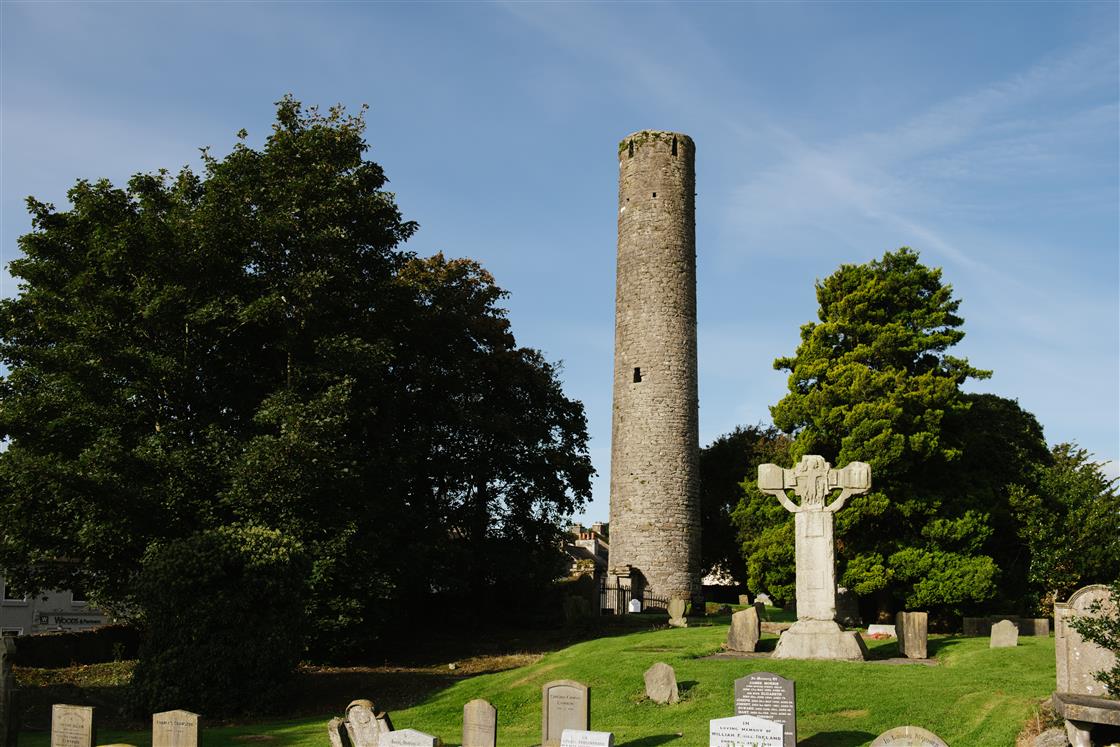Kells, or Ceanannas Mór, meaning Great Fort, was known to be a royal residence before St. Colmcille (also known as St. Columba) established a religious settlement in Kells in 550AD, and later became one of the most important monastic sites in early medieval Ireland.
Established in the sixth century, the monastery at Kells grew even greater in importance in the in the late eighth century when the Columban monks of Iona came to Kells, fleeing Viking raids. In the ninth century, Kells was known as ‘Áinius Érenn’ or ‘The splendour of Ireland’, and was one of the most important monastic sites in early medieval Ireland.
Kells will be forever associated with the beautiful illuminated gospels that were produced here over 1200 years ago, possibly having been begun at the monastery on Iona.
Today, the streetscape still echoes the boundaries of Colmcille’s long-gone monastery. And with a direct link to the past all around, spending an hour or more exploring the landmarks of this unique town is a wonderfully inspiring way to reach back over the centuries.
Uniquely, Kells, a living town over one thousand years old, has its ancient and medieval remains everywhere in evidence. A walk through the town will lead visitors to realise that its physical treasures are the monastic layout of the town, the Monastic enclosure with the High Crosses, Round Tower, St. Colmcille’s House and the famous Scriptural Market Cross.
